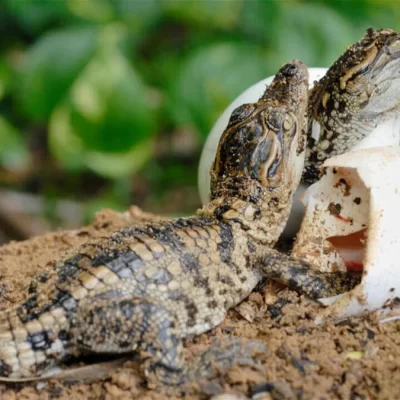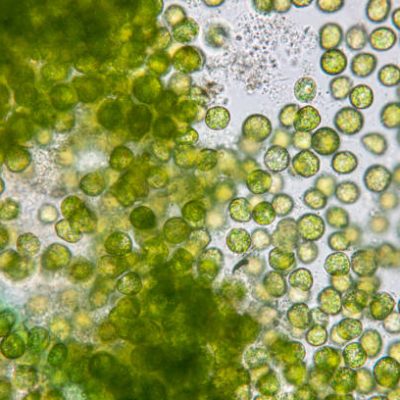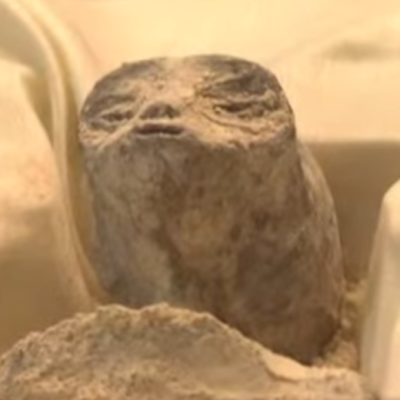Aliens could have easily detected life on Earth during the time of the dinosaurs through biosignatures in the atmosphere, according to recent research. This discovery could aid in the search for life on other planets. Scientists are exploring new methods to find extraterrestrial life, such as analyzing space dust for microbial fossils and biosignatures. Until now, the spectrum of Earth’s biosignatures has been used as a reference point because it is the only planet where life has been detected. Oxygen in the atmosphere was crucial for the development of complex life forms, with the critical range of oxygen levels being between 16 and 35 percent.
The Earth first reached this critical oxygen level after the Great Oxygenation Event around 2.4 billion years ago. The highest oxygen level was recorded around 300 million years ago, which experts believe allowed for the emergence of dinosaurs. However, in about a billion years, our atmosphere is predicted to lose almost all of its oxygen, a process that will occur relatively quickly in geological terms. Researchers at Cornell University have investigated whether extraterrestrial life could be easier to find by not only using current biosignatures as a reference but also biosignatures from other epochs.
Their study, published in the Monthly Notices of the Royal Astronomical Society, examined the detectability of the pairs of substances ozone and methane, and oxygen and methane during the Phanerozoic eon, also known as the “age of visible life.” During this time, the oxygen level in the atmosphere fluctuated significantly, and these changes would have been reflected in the sunlight that penetrated the Earth’s atmosphere and entered space. The biosignature would have been more pronounced at different times. The researchers found that during the Permian, Triassic, Jurassic, and Cretaceous periods, evidence of complex life forms would have been easily recognizable.
The study suggests that the existence of complex life on Earth, particularly during the reign of the dinosaurs, would have been detectable even outside our solar system. Biosignatures on other planets with intelligent life could have significantly changed over millions of years. These new findings could aid in the search for extraterrestrial life by analyzing a broader range of biosignatures rather than just the current ones on Earth.










